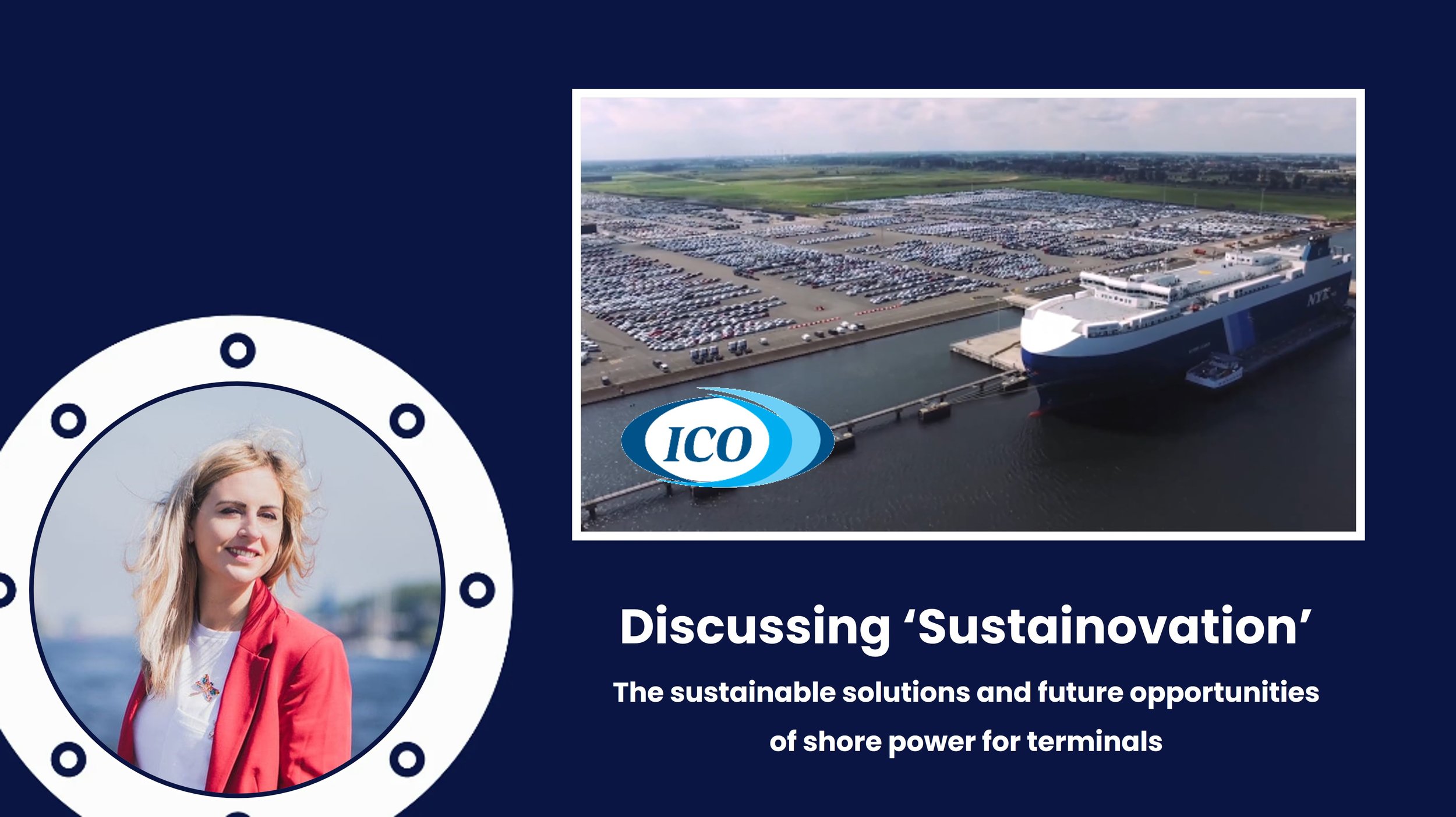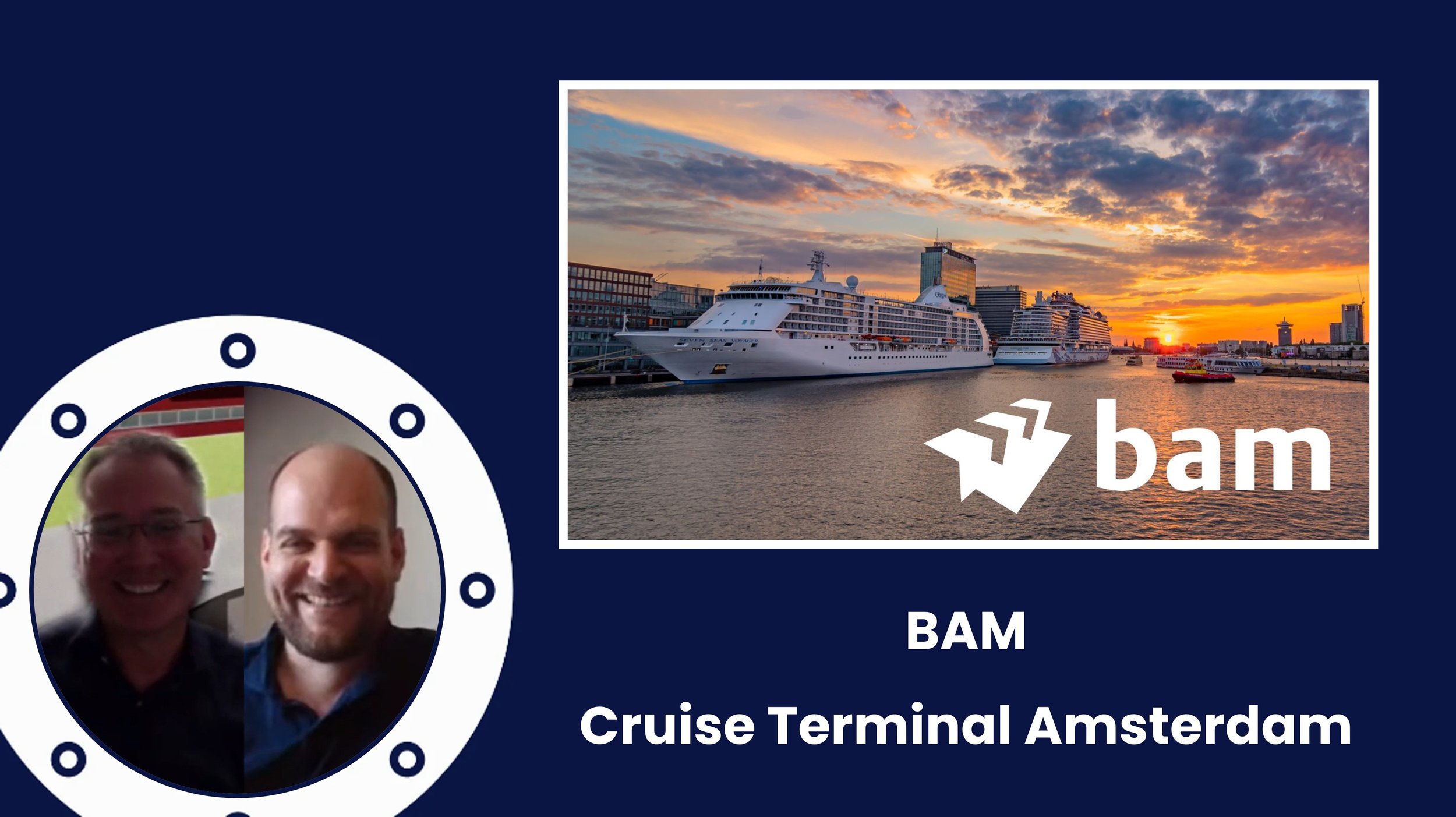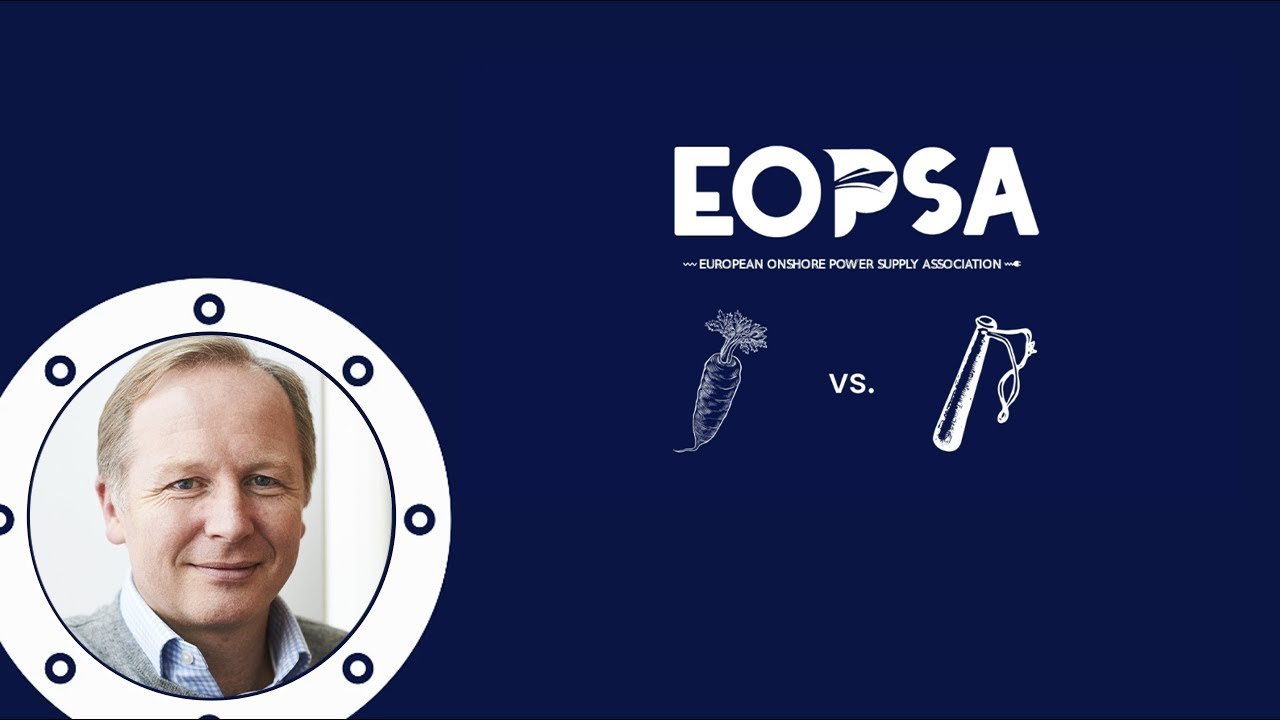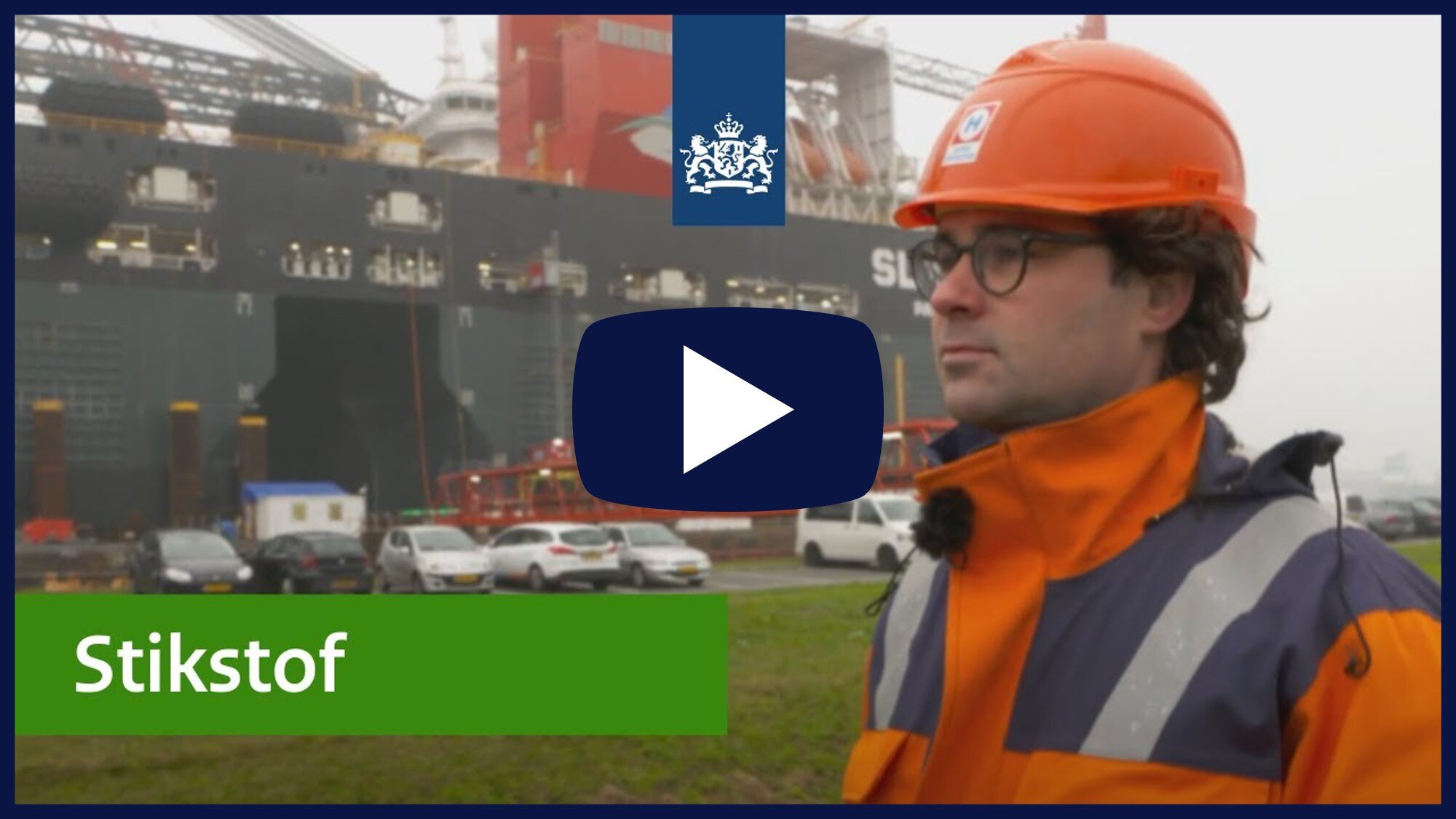AFIR
Alternative Fuels Infrastructure Regulation
An update of AFID, AFIR targets supply side - distribution - of low-carbon fuels and infrastructure (shore power) by 2030.
Frequently Asked Questions
-
You are amazing!
About AFIR
The Alternative Fuels Infrastructure Directive (AFID) is being revised as part of the Fit for-55 proposed measures and revamped as a regulation (AFIR). It targets the demand side of shore power by increasing the availability of shore power in ports included in the TEN-T Core Network (the most important transportation infrastructure within the EU). Unfortunately it lacks the requirement of vessels to use (and thus install) shore power connections.
AFIR will ensure the proper provisions for renewable and low-carbon fuels (RLF) coverage in the TEN-T network. The deadline for submission of national policy frameworks (NPF) including national targets for deploying RLF infrastructure by EU member states is set for 2025.
The AFID does not set targets for shore side electricity (SSE) for shipping - it leaves it to the member state to decide on the bases of availability of demand and cost-benefit analysis. This creates a chicken and egg problem, especially in cases where large scale investments are needed to build the infrastructure required for ships to plug into.
On the one hand, since only few ports provide shore power, ship owners have been reluctant to retrofit their ships with compatible technologies. On the other hand, shipowners have no financial incentive to voluntarily use shore power, as it is more expensive than using dirty heavy fuel oil at berth; hence, the majority of existing ships are not shore power compatible.
Consequently, when doing the cost-benefit analysis Member States that have financial constraints conclude shore power to be cost-ineffective leading to a vicious circle of chronic non-availability in European ports. Currently, the following topics are discussed in the EU:
The key points are the following: Inland TEN-T core ports must have one onshore power system installation per port by 2025 or 2030
Maritime TEN-T core ports must provide one OPS installation in terminals receiving cruise, container and Ro-Pax vessels over 5,000 GT by 2030; OPS could cover 90% of demand for terminals receiving cruise, container and Ro-Pax vessels over 5,000 GT by 2030
A single solution for shore-side battery recharging points for maritime and inland waterways vessels
Hydrogen, methanol and ammonia refueling points
Possible removal of the current requirement for LNG bunkering in TEN-T core ports
References
Bureau Veritas - Alternative Fuels Infrastructure Regulation
Transport Environment - AFID and Shipping

























